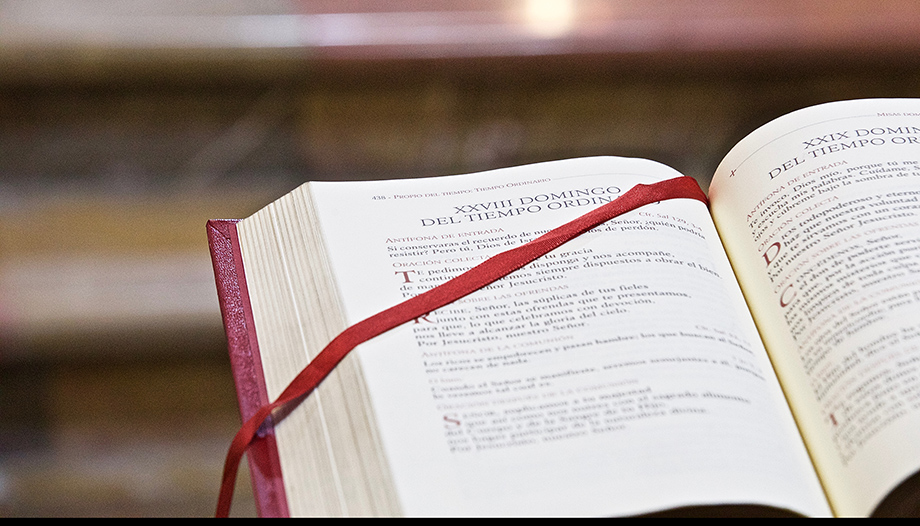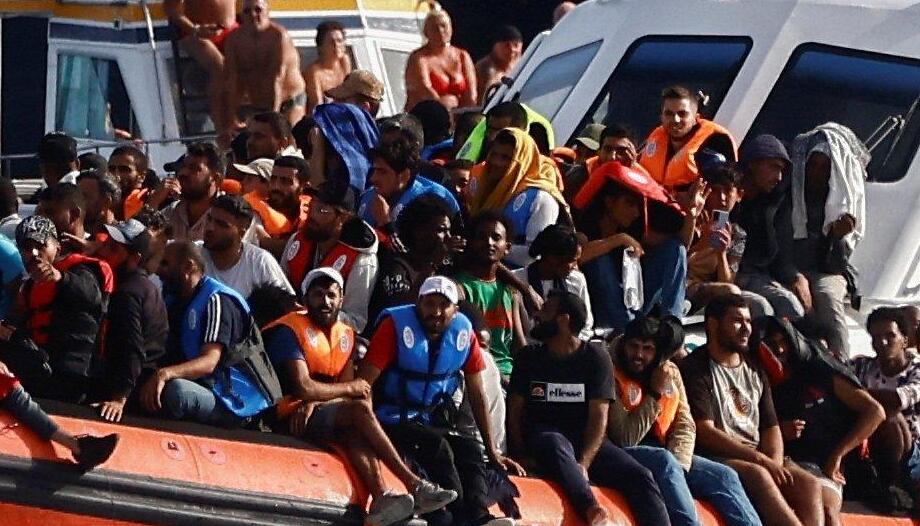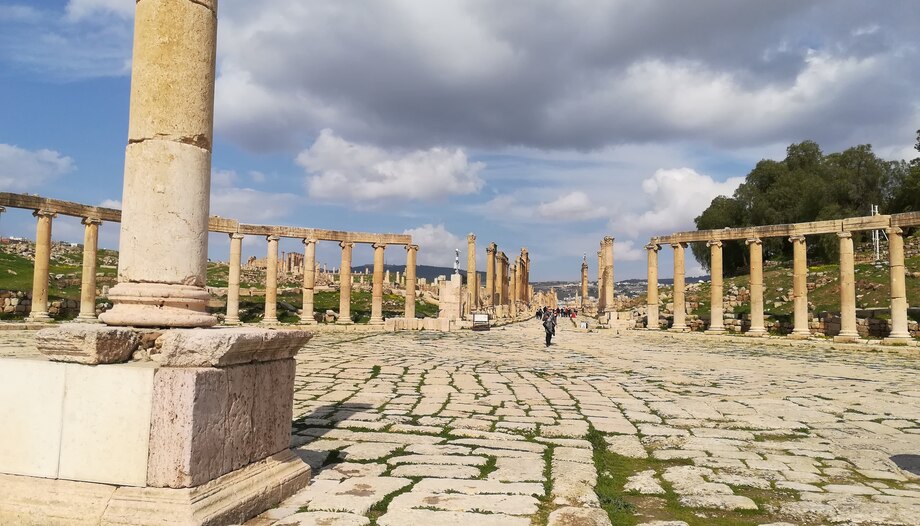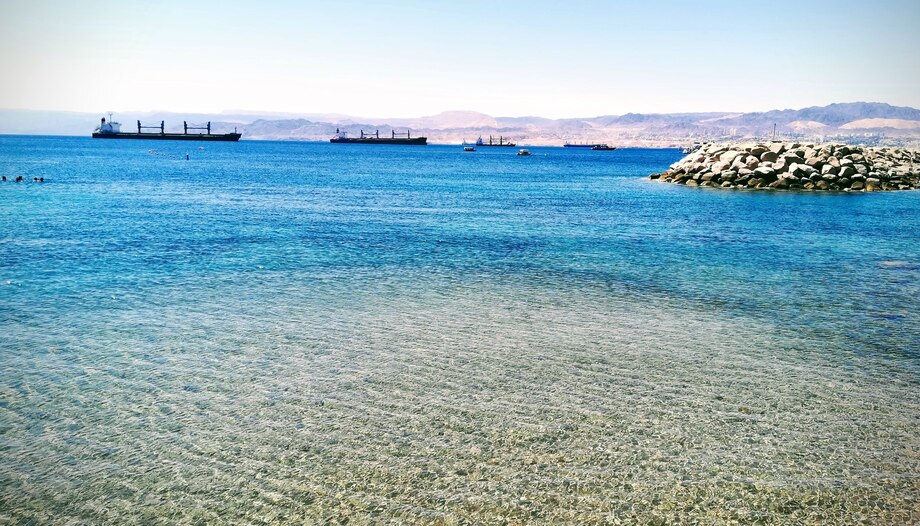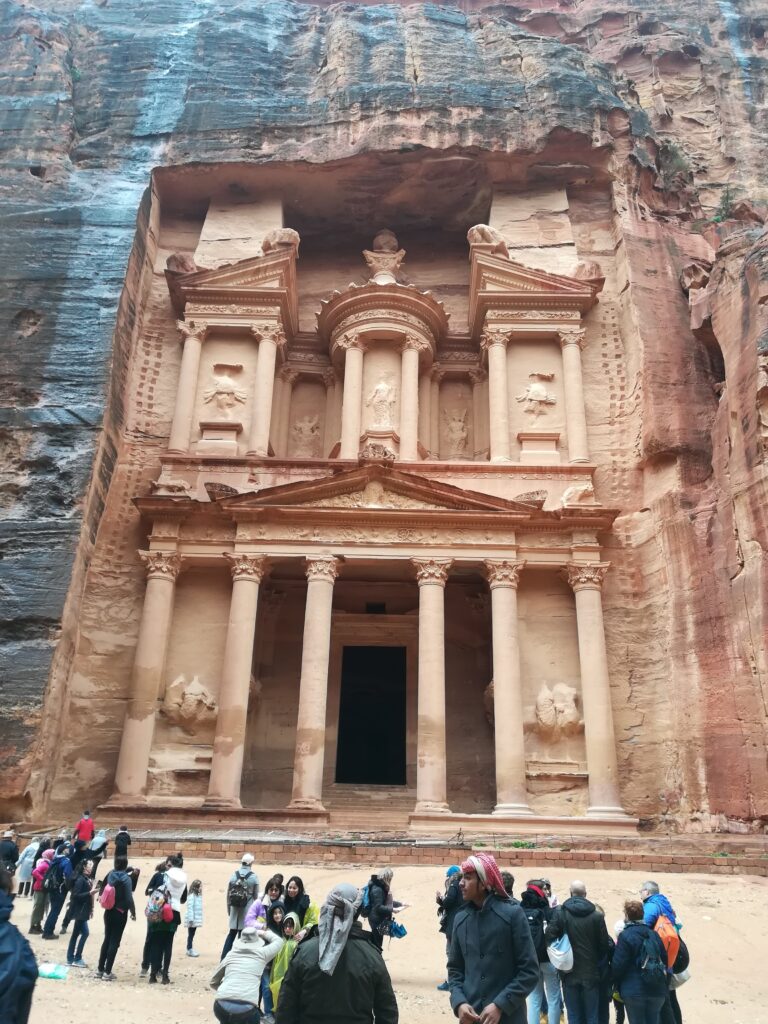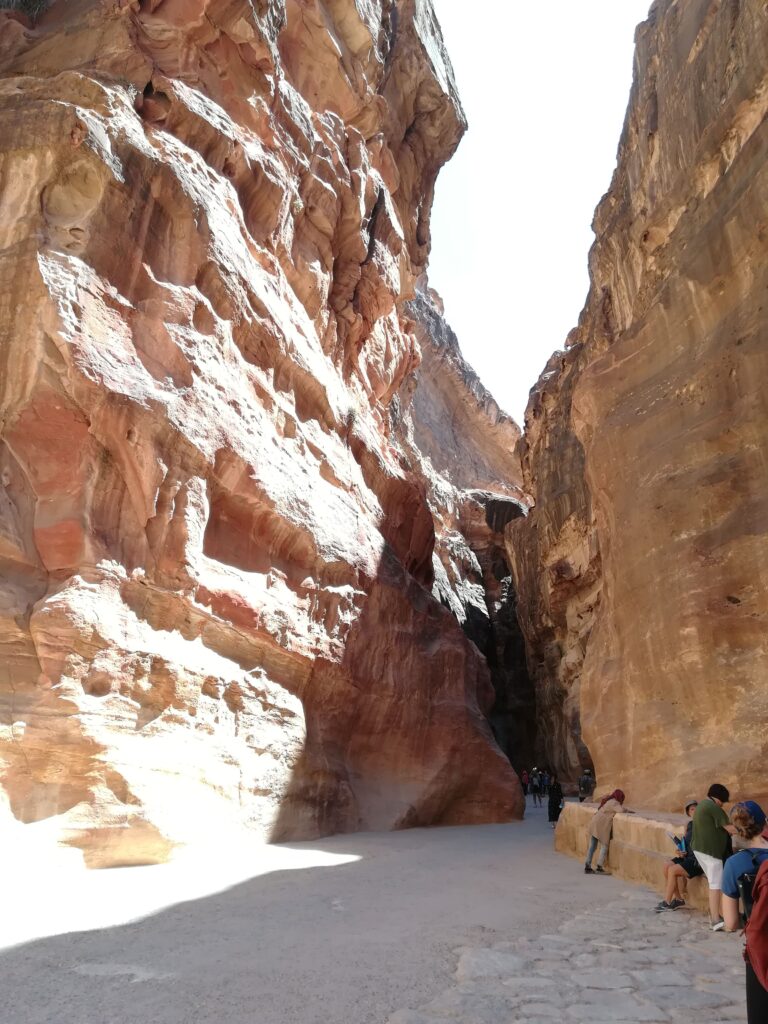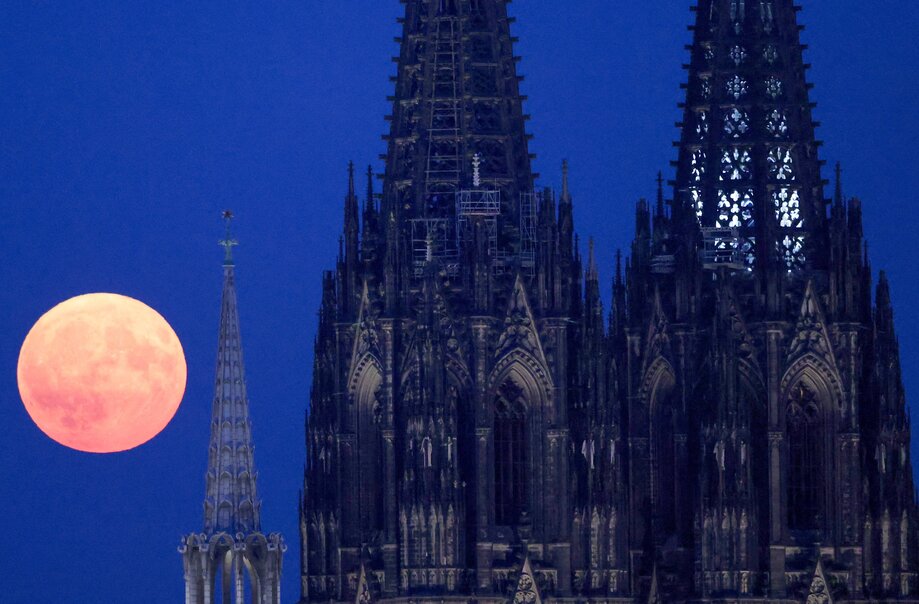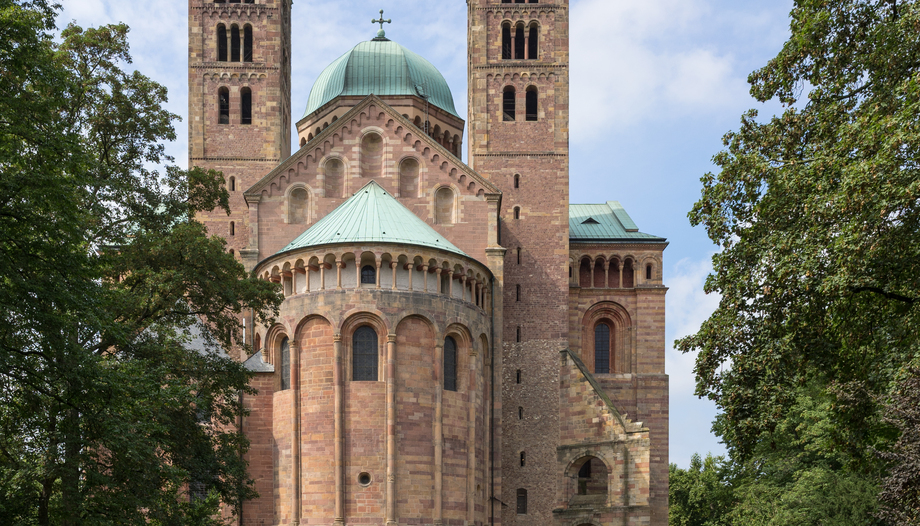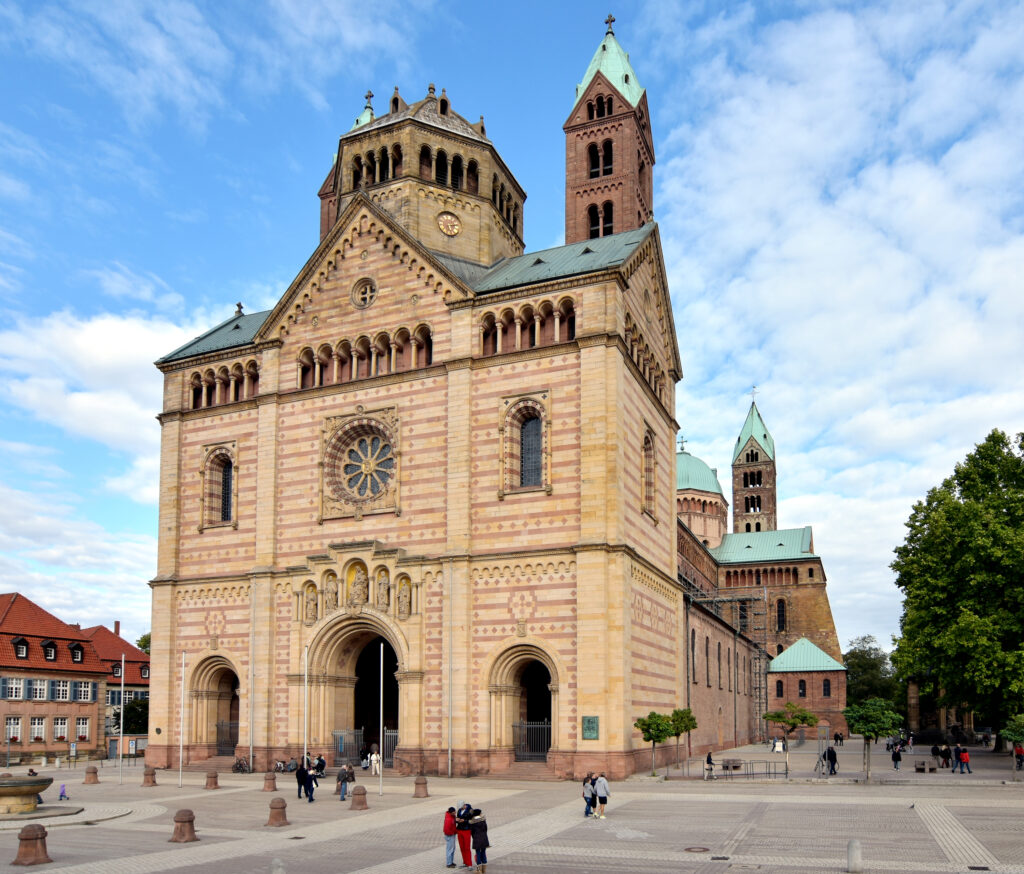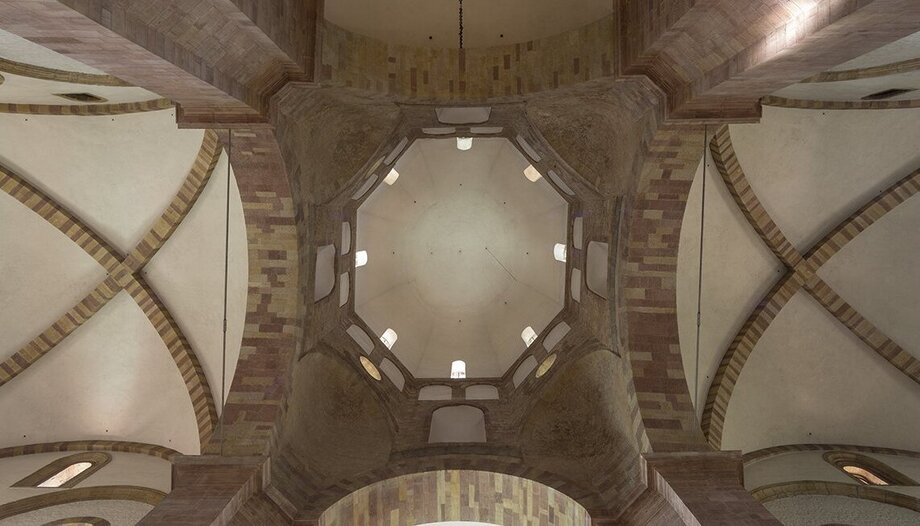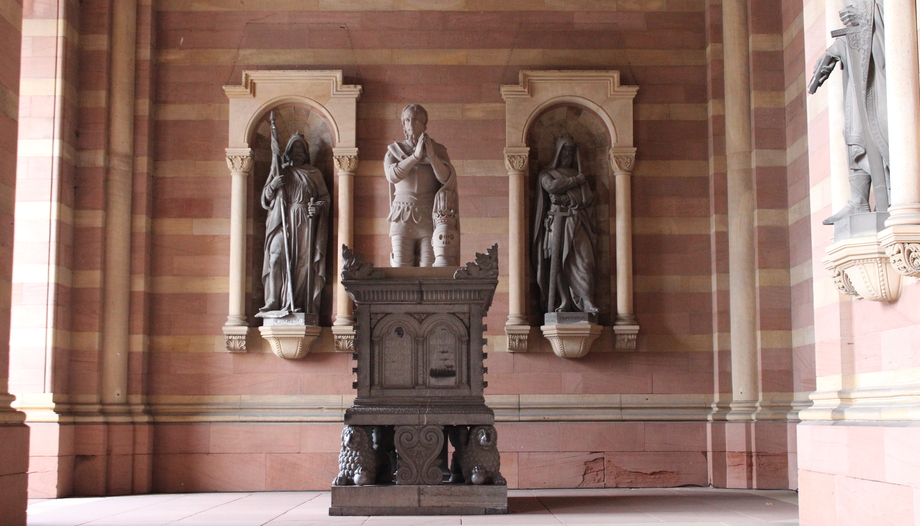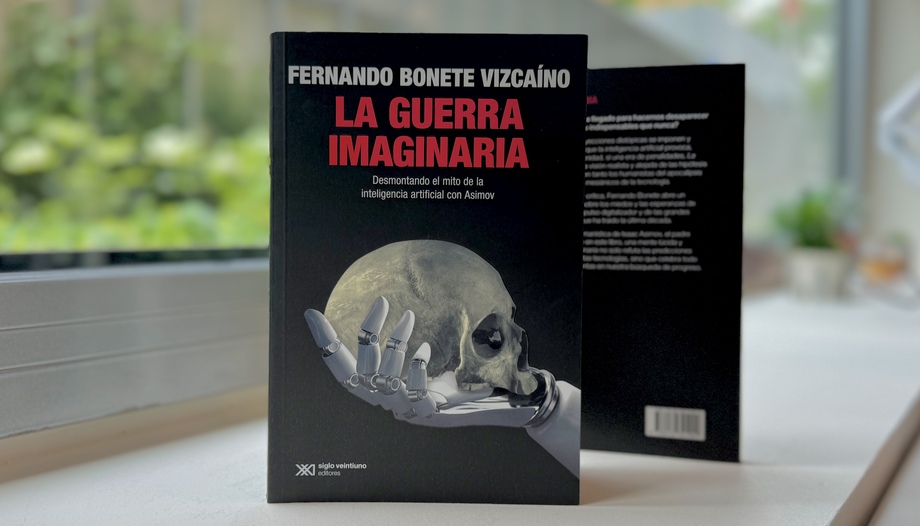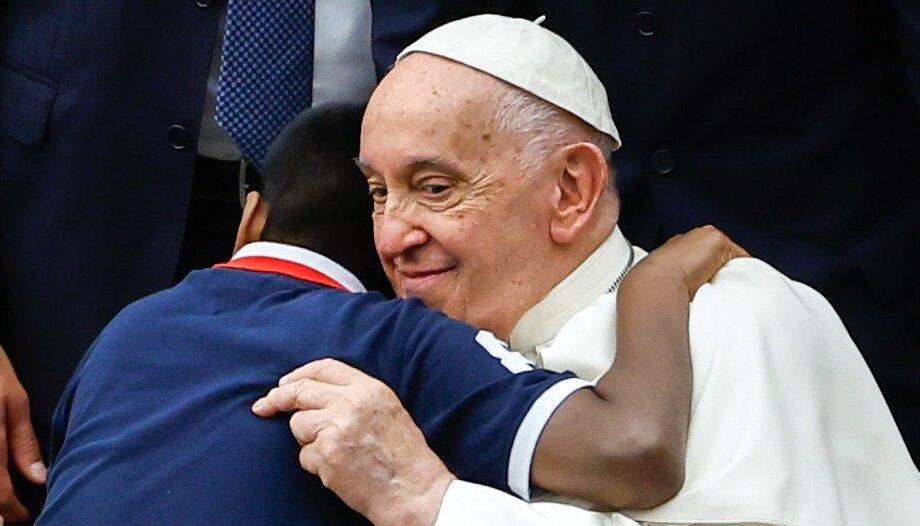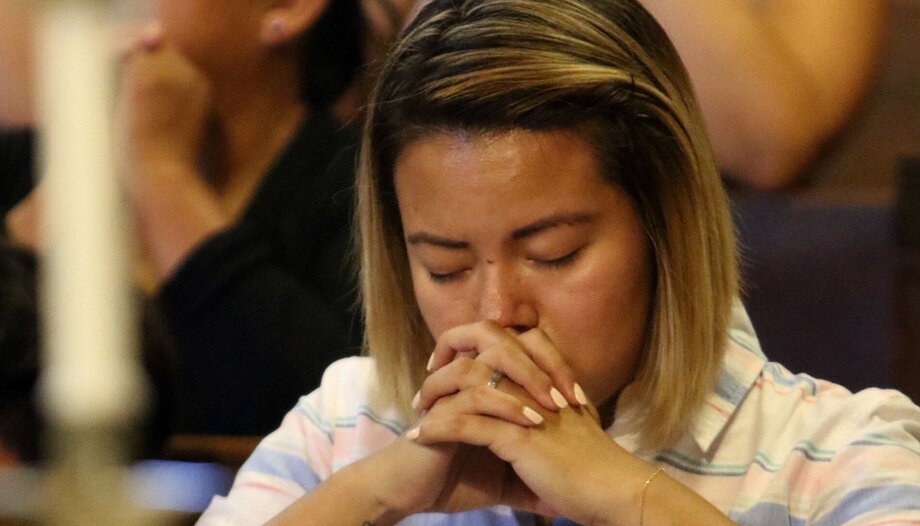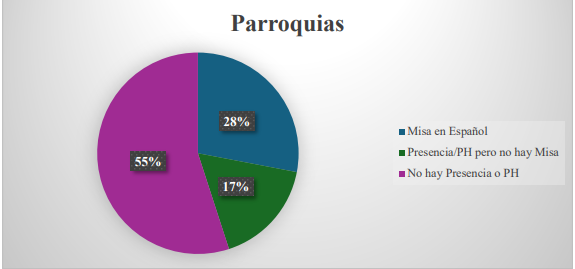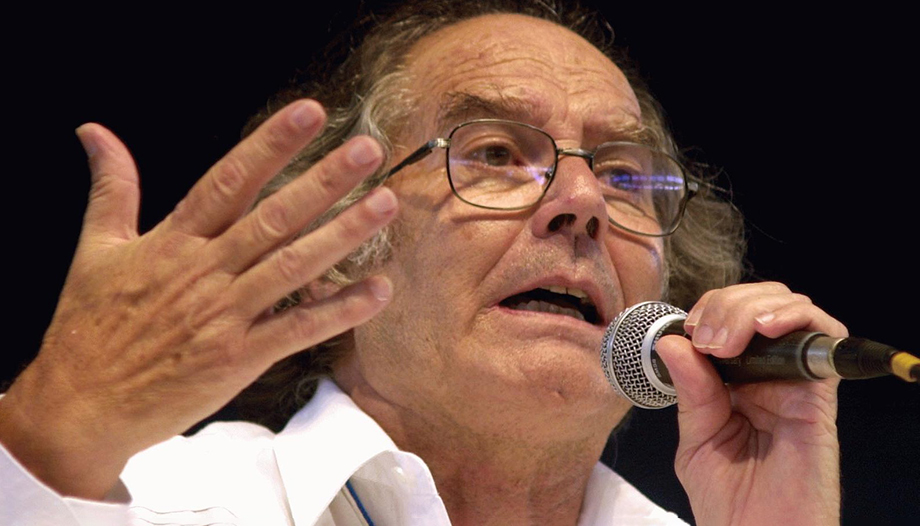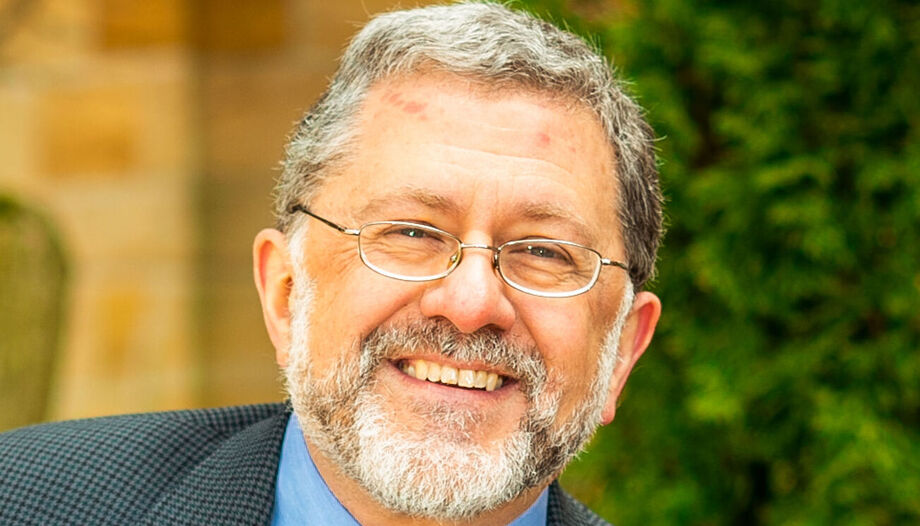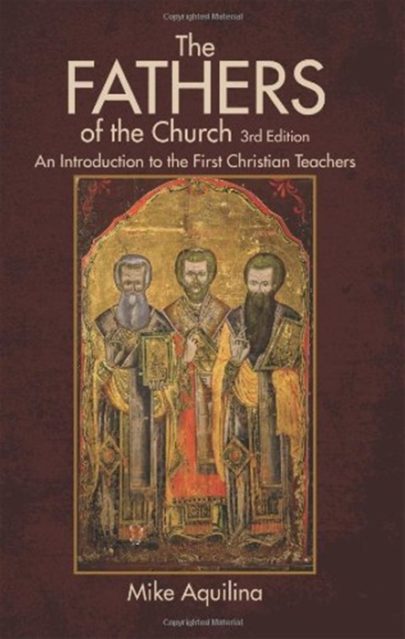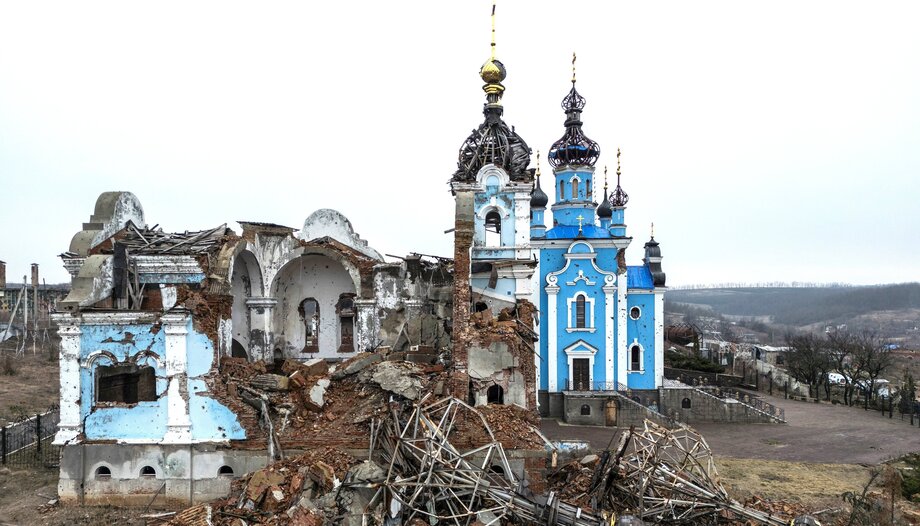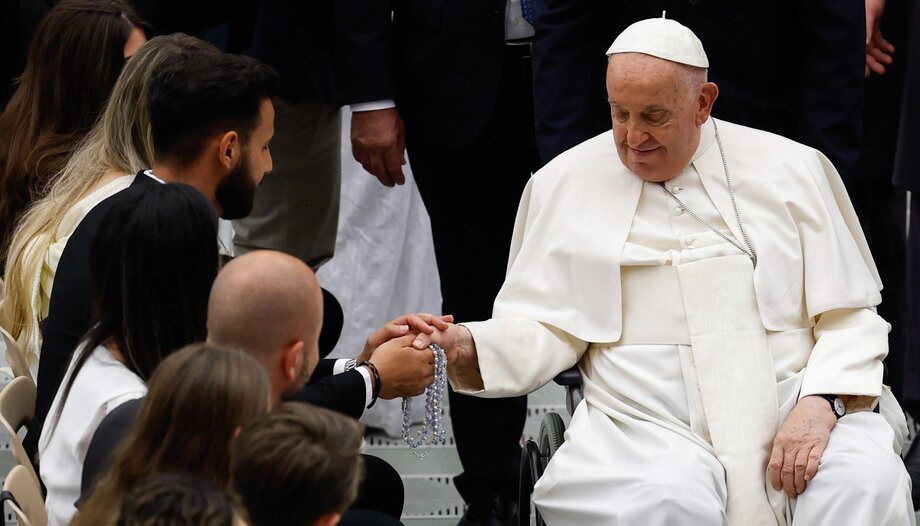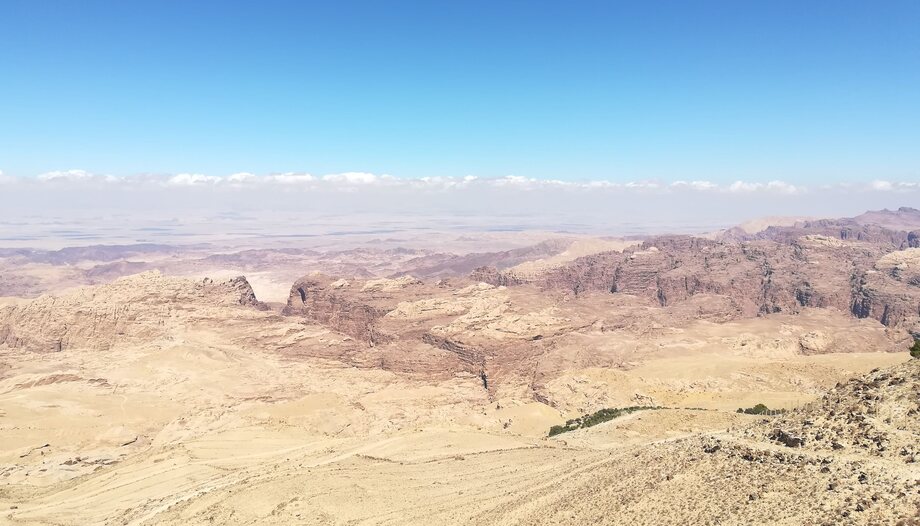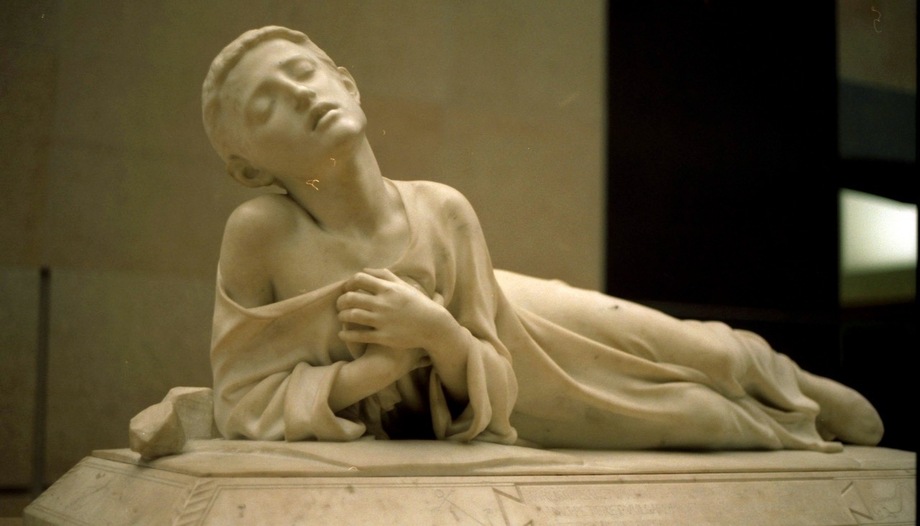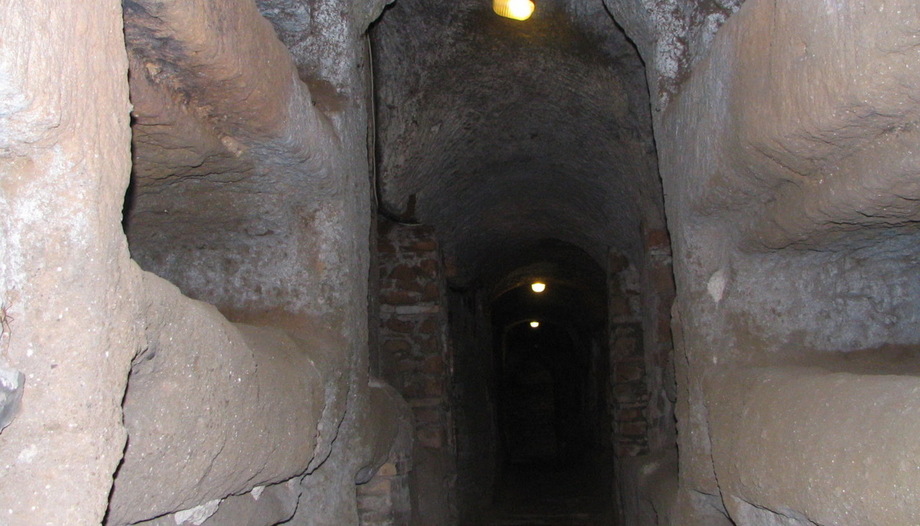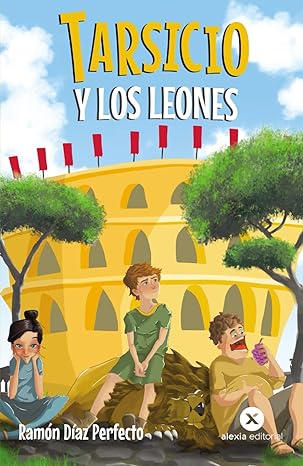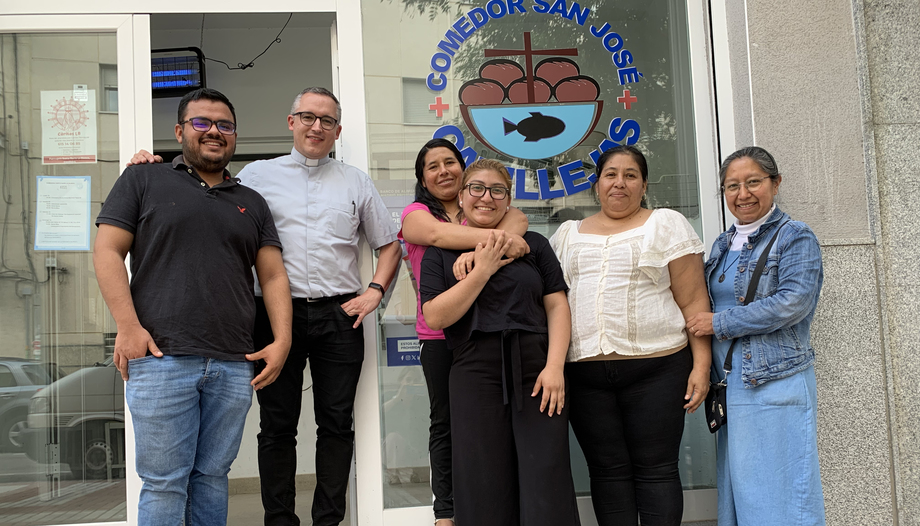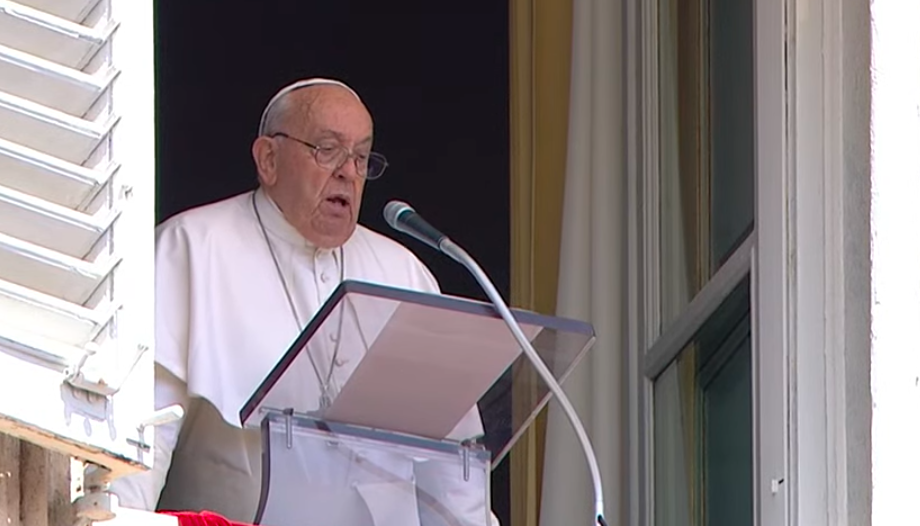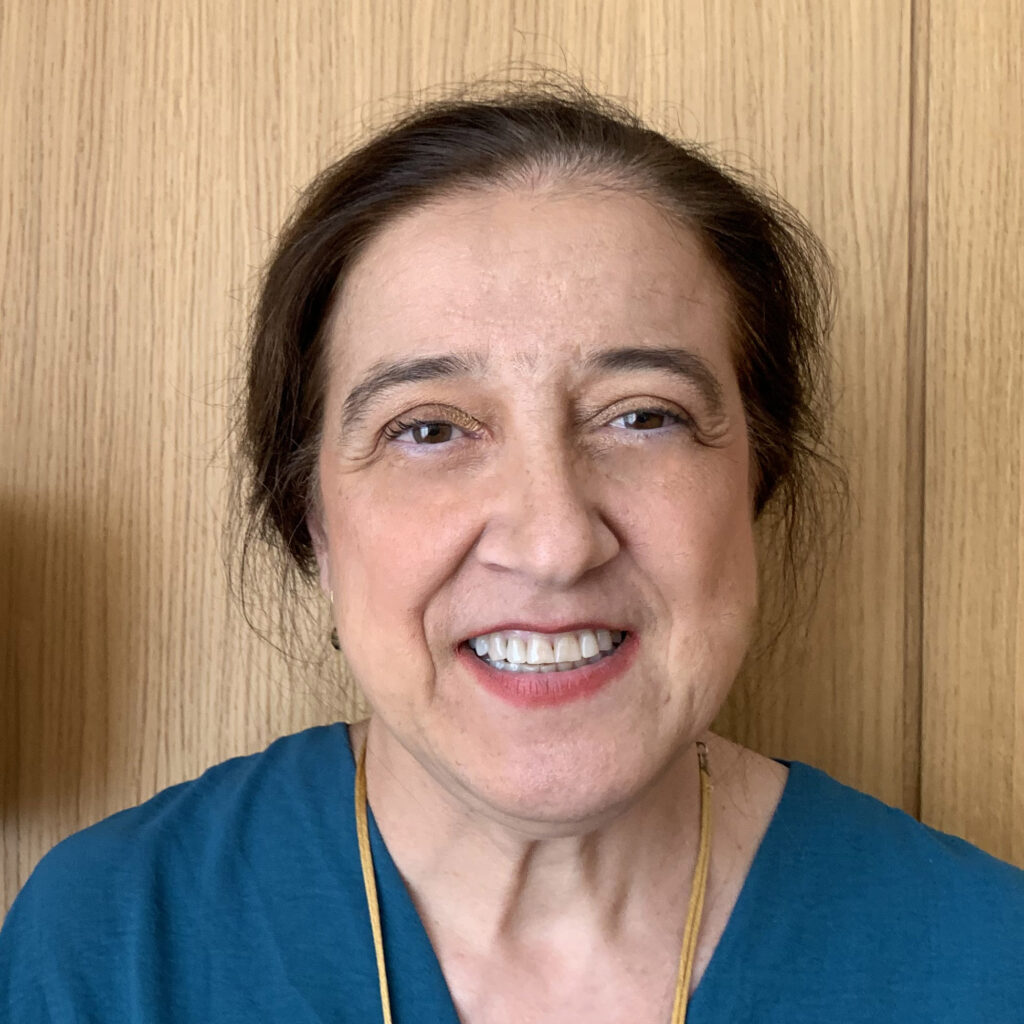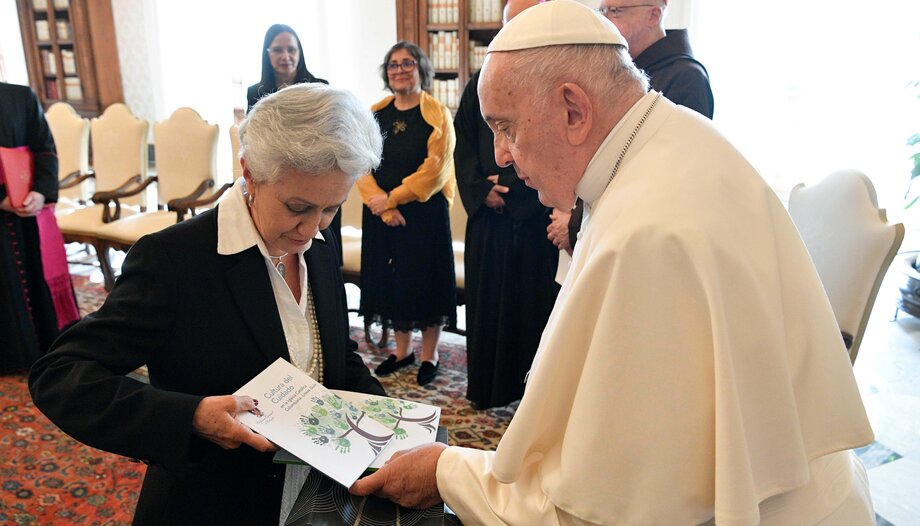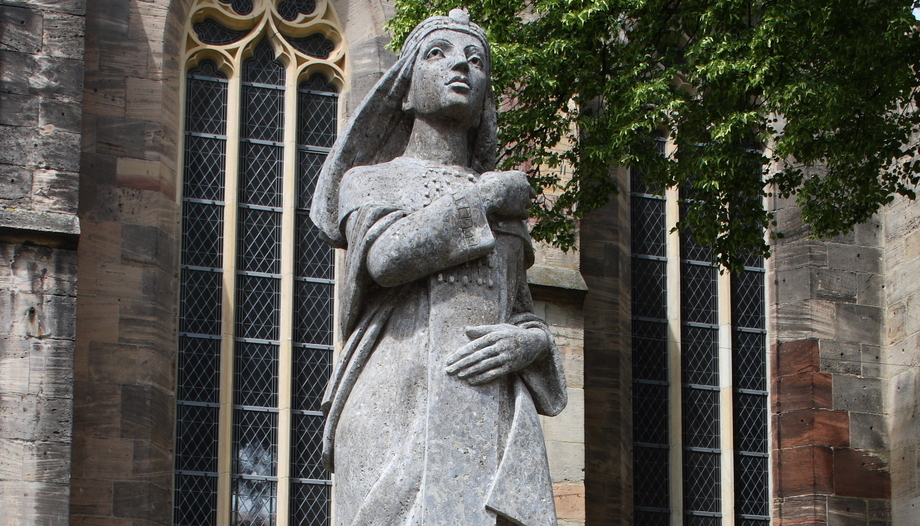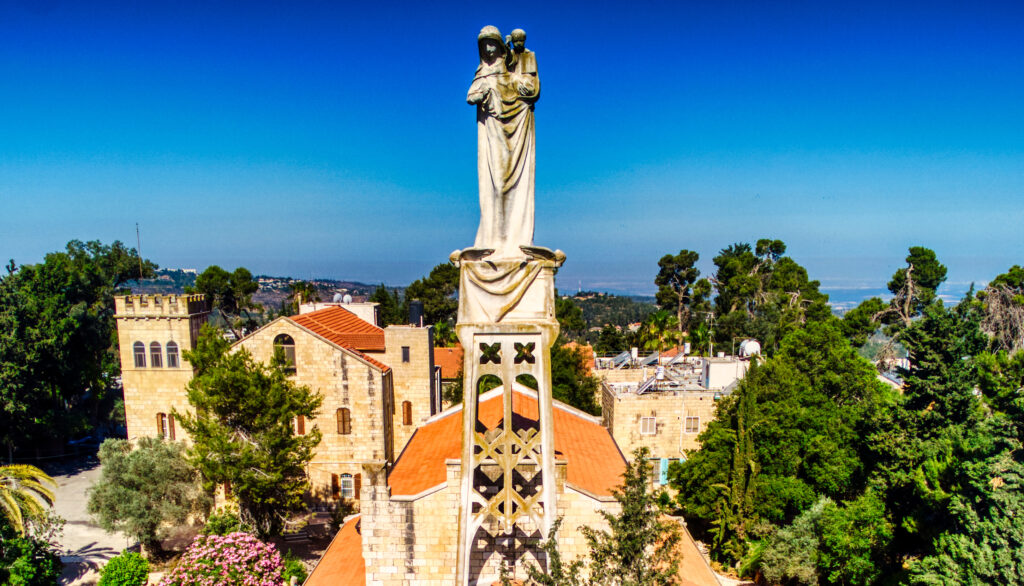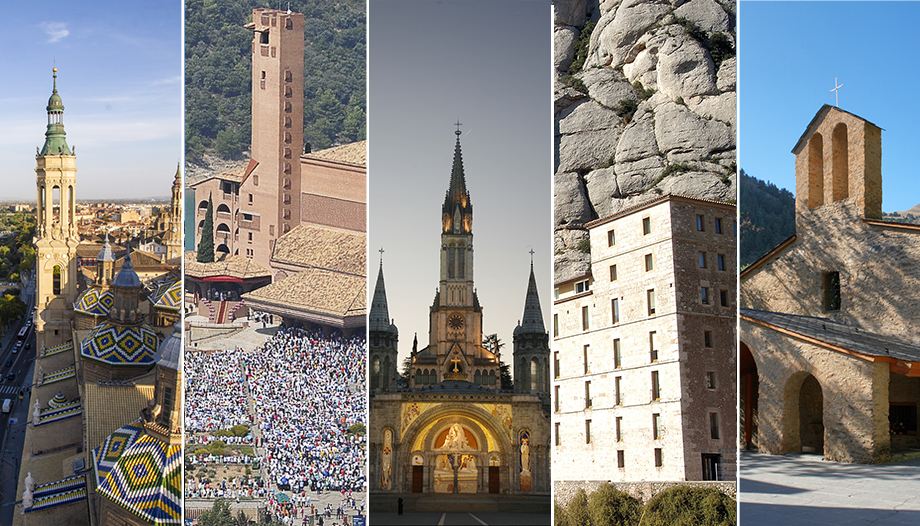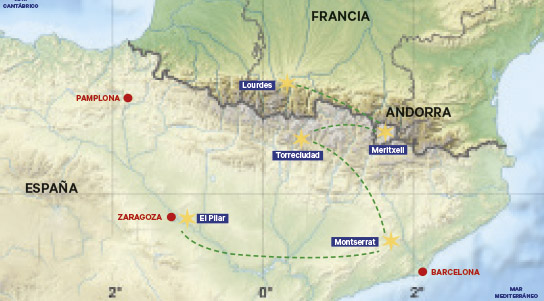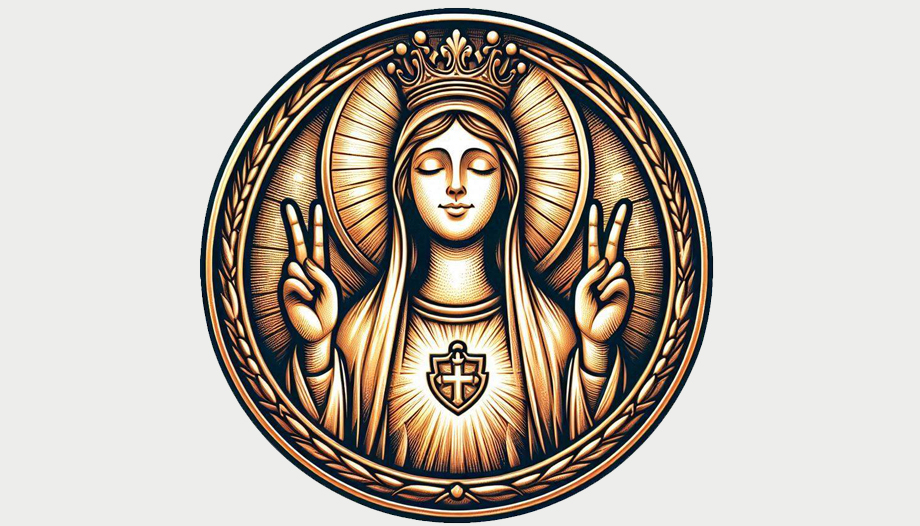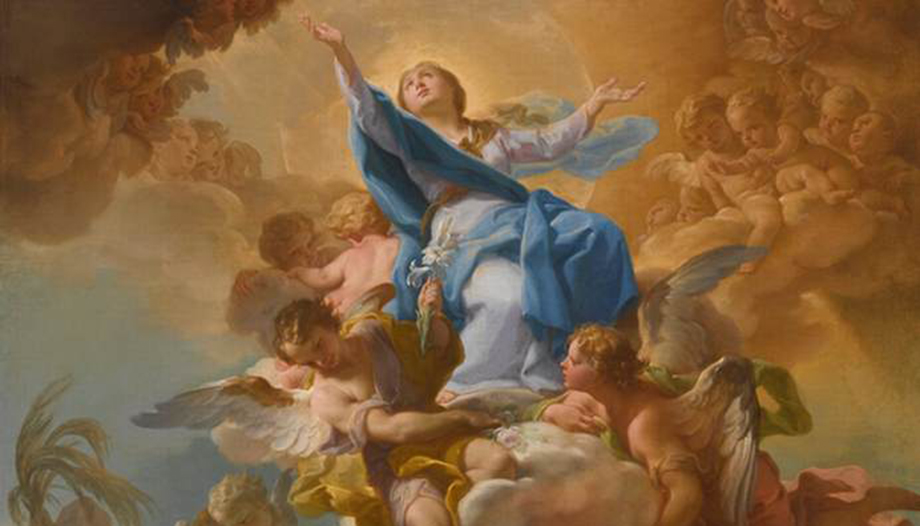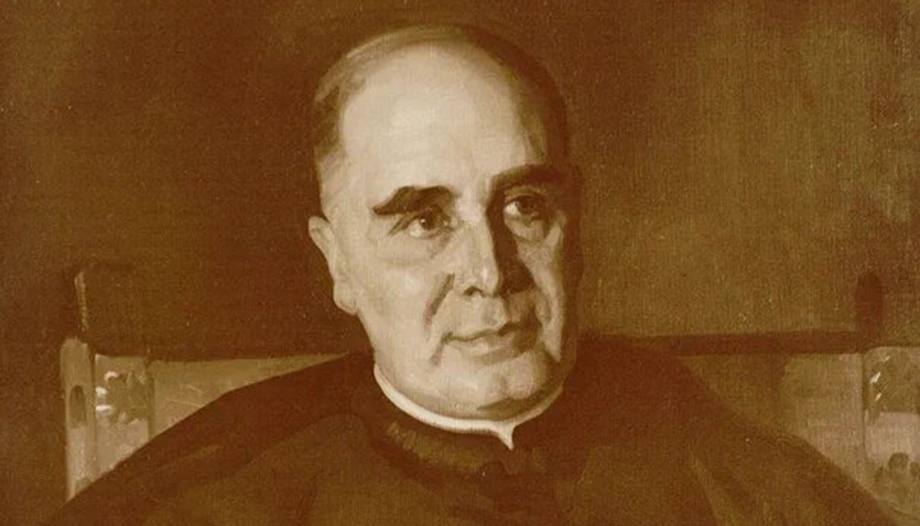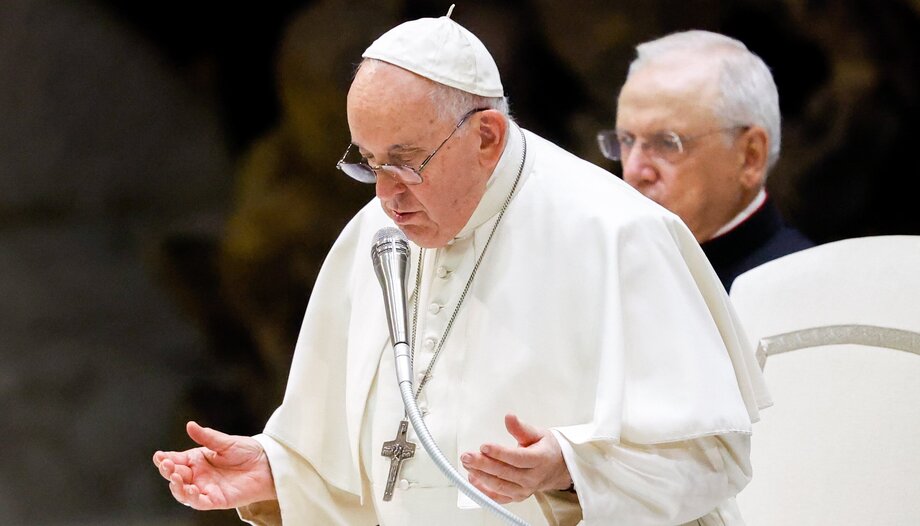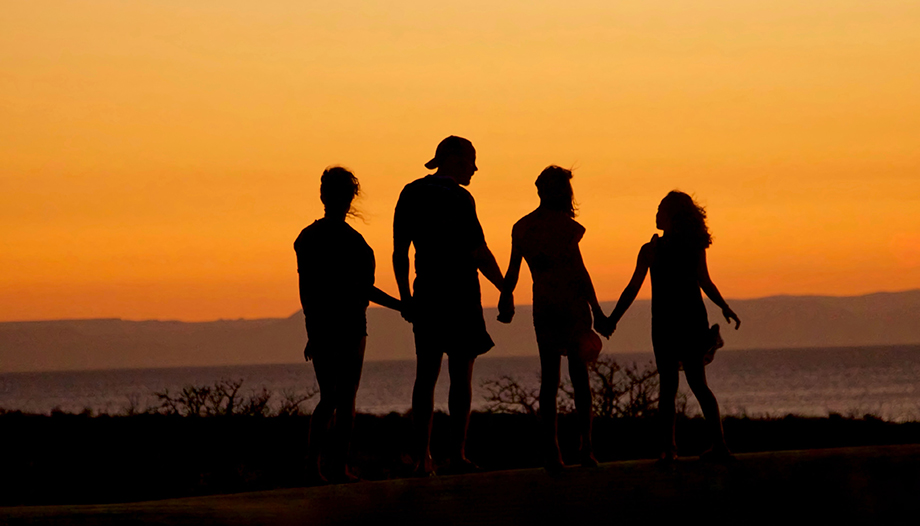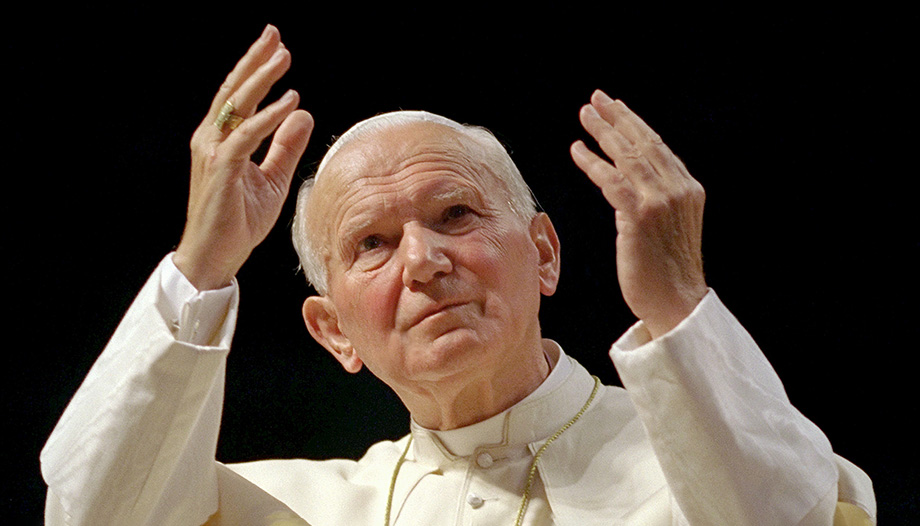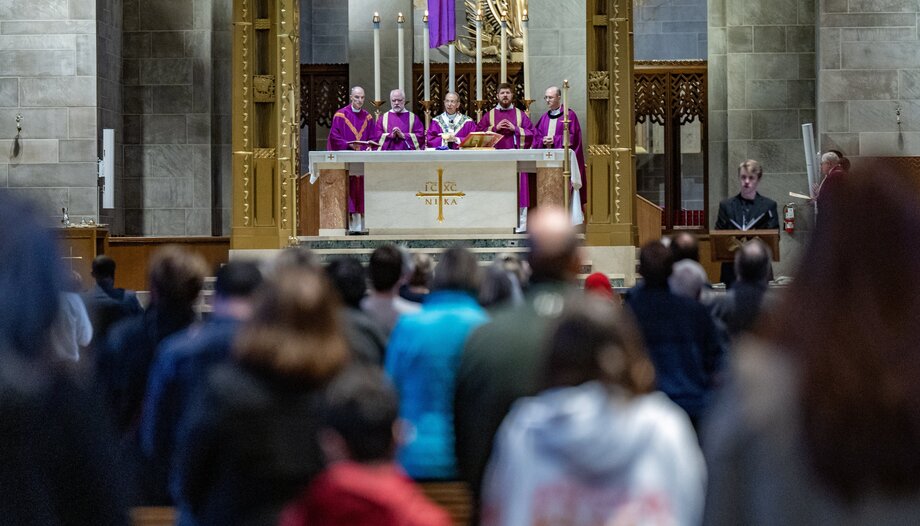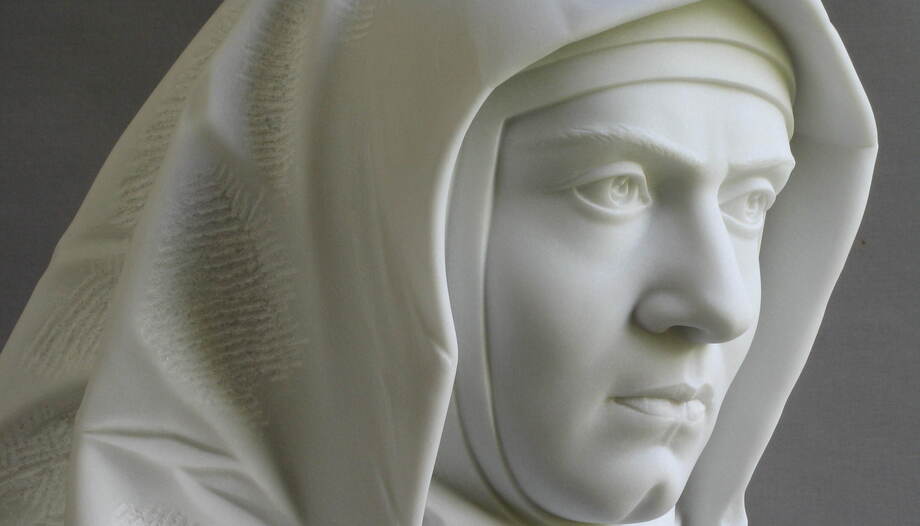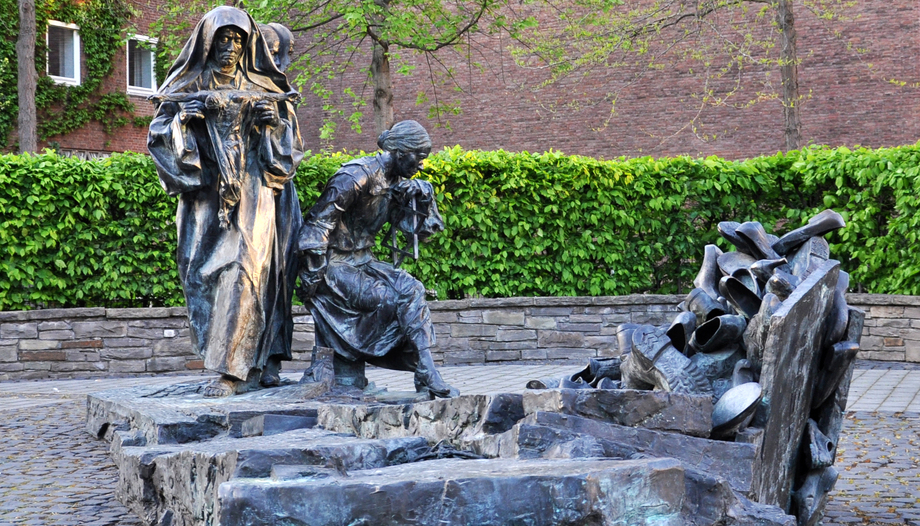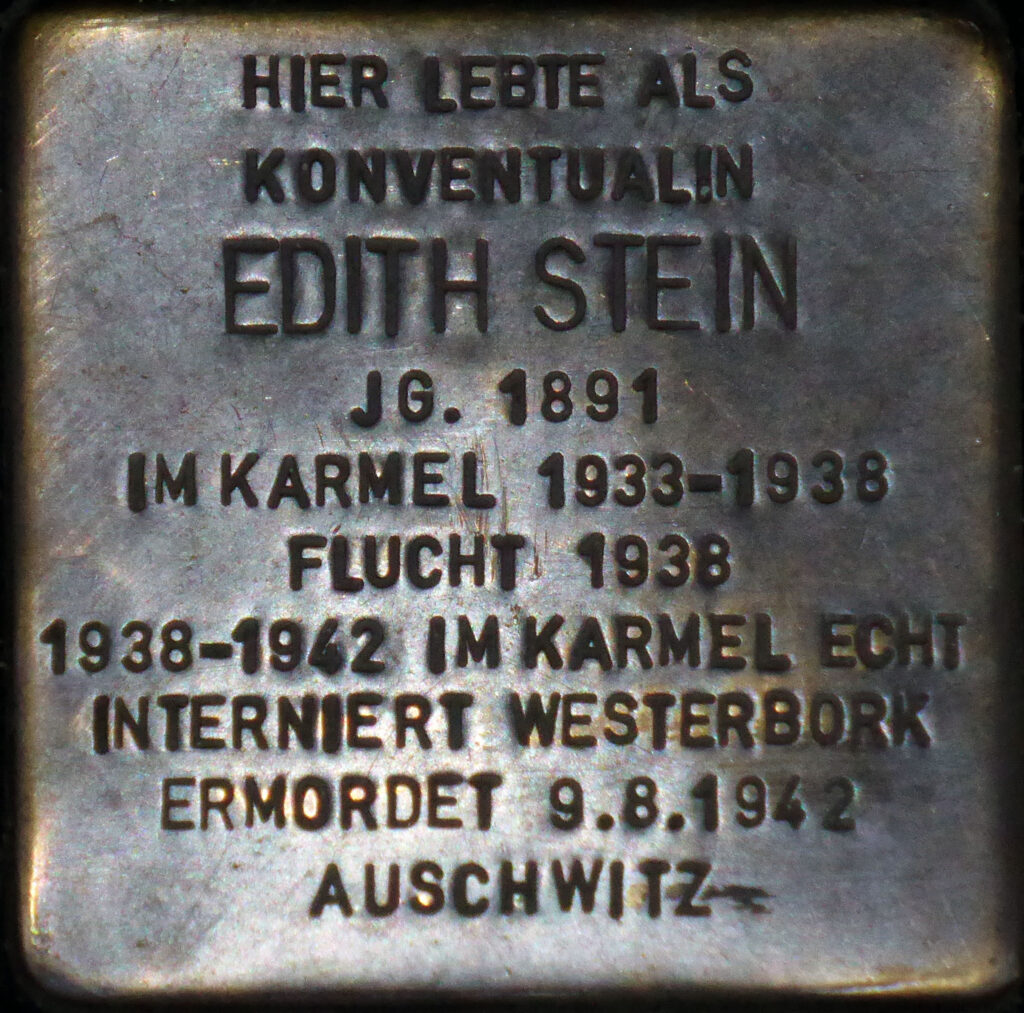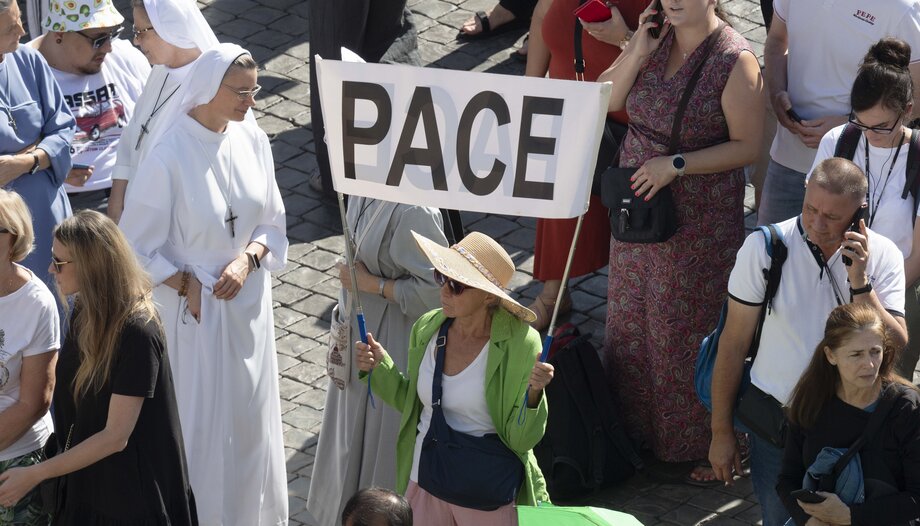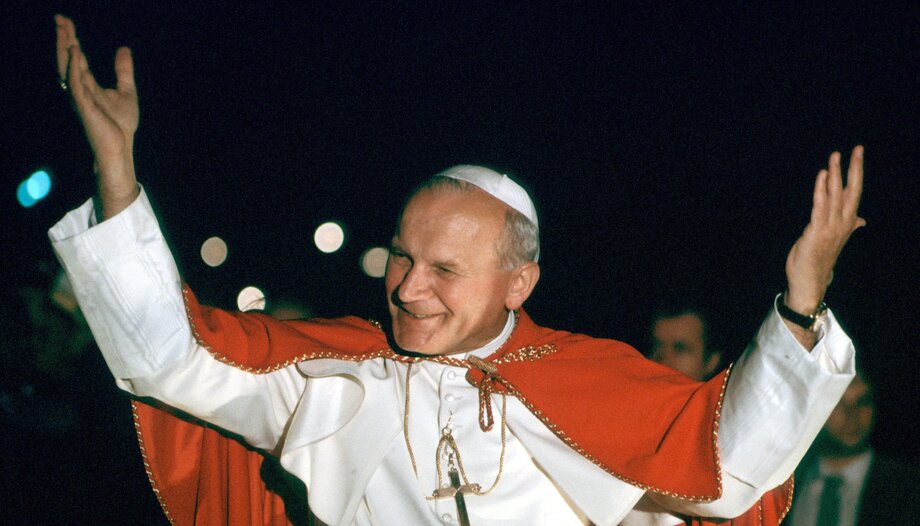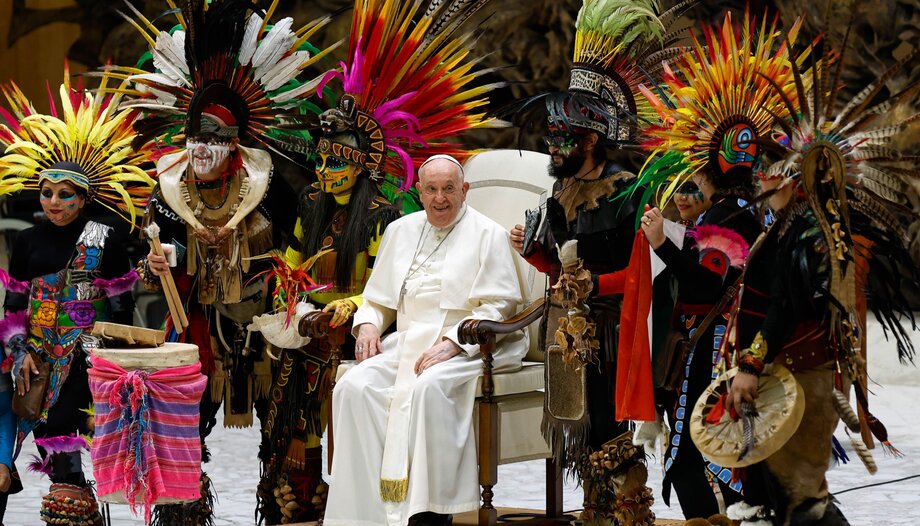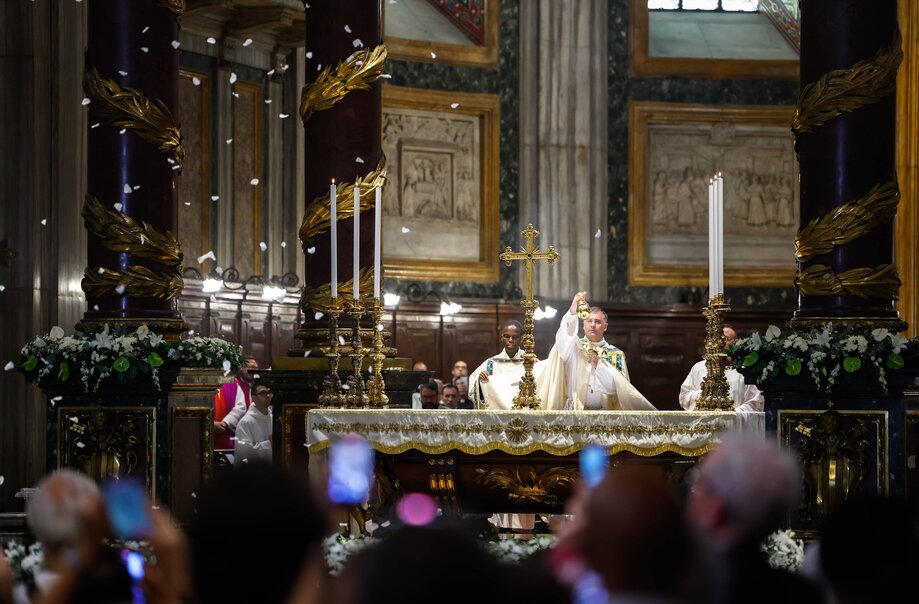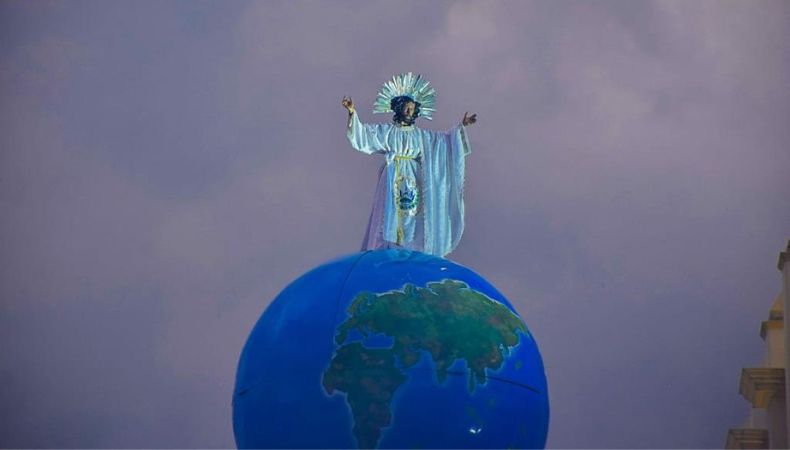It was last January when Carmen Fuente Cobo assumed the position of rector of Villanueva University. She comes with extensive experience in the audiovisual and telecommunications sector as well as in university teaching. She holds a degree in Journalism from the University of Navarra and a PhD from the Complutense University of Madrid, where she was also a professor. She has been a grant holder of the FPU (MEC), Fleming (British Council) and Fundación del Amo programs, and has carried out research stays at The European Institute for the Media in Manchester and at the School of Communication at California State University. She also completed the General Management Program (PDG) at IESE.
Fuente Cobo highlights the inspirational principles that gave rise to what is today the Villanueva University and emphasizes the "personalized education that attends to the uniqueness of each student and seeks their overall development as a person and not only their professional and job training," which is the hallmark of Villanueva University.
Since its foundation, Villanueva has gone through different stages. What is your assessment of the university center's history?
-I like to recall that behind our present as Villanueva University there is a history of more than 40 years of dedication to university education. I also insist on the idea that the origin of what we are lies in a genuine and extraordinary vocation for education and its capacity to transform the lives of people and society as a whole. A vocation that has the specific name of Tomás Alvirafounder in 1979 of the Escuela de Magisterio Fomento, which is at the origin of today's University. Villanueva.
In 1998, a second center affiliated to the Complutense University, Centro Universitario Villanueva, was launched, with degrees in Business, Communication and Law, to which Psychology would later be added. Until 2020, both affiliated centers functioned as "a different way of being Complutense", as we proclaimed in our corporate communication. In other words, during this long period of four decades of affiliation to the UCM, we have assumed that this affiliation allowed us to be a true university institution in which the classic missions of any university -generating knowledge through research, transmitting knowledge through teaching and transferring knowledge to society- could be developed, as in our reference university, but with a seal of our own.
This differential seal has been and will continue to be our focus on the student and on a personalized education that attends to the uniqueness of each student and that seeks his or her global development as a person and not only his or her professional and labor training.
In 2018 we initiated the procedures for our transformation into a private university. The reasons for seeking this disassociation were threefold: to have full autonomy in the design of the curricula, to launch doctoral studies, and to address the high costs of affiliation, which made future growth projects unfeasible. We were approved as a private university in 2020, a year in which we started with all the planned degrees. And a few weeks ago we celebrated the graduation ceremony of our first graduating class of students from Villanueva University.
From now on, a stage of consolidation and growth begins as a university with full autonomy to develop its project. We want to be a university of reference, and to do so, we cannot forget where we come from and what we have learned along the way.
How do you define Villanueva and what differentiates it from other university centers? Is there a "typical university student" at Villanueva or do you not believe in labels?
-I don't believe in labels, but I do hope that our university will produce people with a positive way of facing their role in society, of being in the world.
We understand the mission of the University in its classical sense, as an institution where those who seek truth through study live together, which requires the education of attitudes (openness, curiosity...), intellectual habits (rigor, precision...) and moral habits (effort, sincerity...). To achieve this, we have designed a global program called IMPRONTA This includes several specific programs that we are progressively deploying.
The result of this effort should not be a "typical university student," because each person is unique, but rather university students characterized by two fundamental traits.
First of all, we want our students to be people who know the reality around them and are able to interpret it and get to the bottom of it, in order to improve it.
You can only improve what you know. To this end, we have implemented two sets of tools. On the one hand, the CORE Program of liberal arts and sciences, which complements the curriculum with subjects focused on developing the intellectual openness of our students to everything that surrounds them: social and political reality, the great questions of science, aesthetic knowledge, reflection on the human being himself...
On the other hand, the development of the ability to make critical judgments and to analyze what is observed is enhanced through active methodologies, progressively implemented in all degree programs and complemented with training activities developed in a cross-cutting manner that seek to strengthen and reinforce specific skills: the art of writing, public speaking, teamwork, leadership skills...
The second trait that we hope will characterize the students who leave our university is that they will be people capable of making responsible decisions in their professional and social spheres in the service of the common good. To this end, we rely on pedagogical initiatives such as the Service Learning (SL) methodologyThe aim is to develop in students the capacity to link their professional and academic knowledge with the attention to social needs, sensitizing them to the practices of the social sector. pro bono.
Villanueva has an undeniable Christian imprint. How does this translate into your daily life, in your academic life, in your conception of teaching and content?
Christian-inspired universities are working to deepen our identity in order to provide the answers that people and today's world need.
What we are and what we do has to do directly with how we understand the human being, how we transfer a concrete idea of the person -a clearly Christian concept- to the field of education.
This idea of personhood starts first of all from the notions of truth and freedom. In our case, the concrete operational implications are clear.
We believe in an education centered on the accompanied, but radically free, search for truth. This translates into two principles of action.
At the teaching level, we help our students to identify, formulate and accept the essential questions (about the science they study, about the society in which they live, about the human being, about themselves) because we understand that the purpose of education is the growth of the person, which can only occur from a freedom that tends to and is nourished by the truth.
In the field of research, it means that we place the love of knowledge and the desire to improve society above academic success, without renouncing it.
The second axis revolves around the equal dignity of persons. This leads us to approach our educational task and our relationships with others with humility, welcoming our students without discrimination and seeking convergence with other people and educational and research entities that participate, in one way or another, in the same "community of values".
A third axis is built around the principles of co-creation and responsibility proper to the Christian conception of work. For us, this also has concrete operational implications: we are committed to pursuing excellence in all our activities, aware of the transcendence of our work. We seek this excellence in the four areas of our activity: teaching, research, administration and governance, developing processes, policies, programs and actions aimed at continuous improvement in each of them.
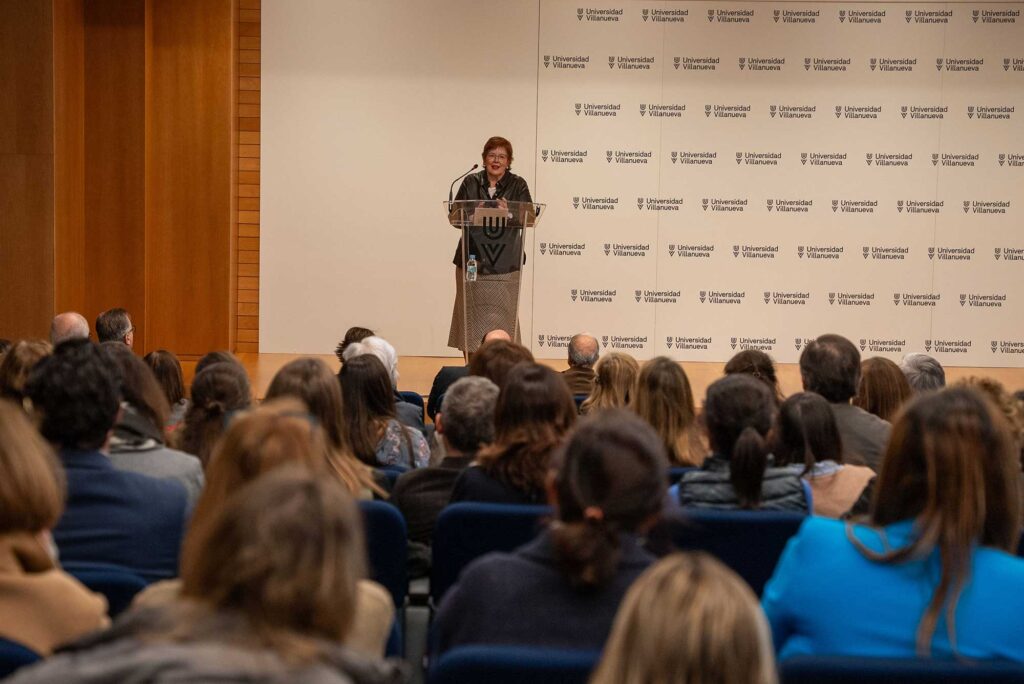
We live in times that are sometimes convulsive in the university environment, both because of legislative instability in educational matters and because of the irruption of extreme ways of thinking in the University. How do you experience these realities from Villanueva?
-It is true that the legislative framework generates uncertainty and, above all, defines conditions for the development of university projects that can sometimes seem too burdensome or too interventionist. For the moment, we assume this environment as the framework in which we must work without letting it determine us, to the extent that we aspire to higher and more ambitious standards than those established by the range of laws, decrees and development regulations to which we are subject.
It is also true that polarization and ideologization are looming as a threat to the university worldwide. I believe that this is a risk of unpredictable depth that threatens the essence of the university and I am confident that it can be overcome.
Villanueva is going to enter the field of bio-health education with the degrees of Physiotherapy and Nursing. What are the challenges of this new line of higher education?
-For Villanova University the implementation of these degrees in the area of Health Sciences is a transcendental step not only because it takes us into the development of degrees inspired by the humanization of carebut also because it represents a qualitative leap towards our configuration as a global university.
This humanization of care, or theory of care, has been at the core of the design of the curricula of these new degrees. Scientific studies show that the humanization of care results in greater health benefits: accompaniment is part of the process and helps to achieve a more effective recovery. This is significant, because accompaniment, in this case of the students, has been the hallmark of Villanueva since its beginnings; this is only one axis of the new degrees, it is a natural decline of our identity.
This is how we face this challenge, defending a position that values humane treatment, which substantially improves any therapeutic decision based on the most appropriate scientific criteria. To a great extent, it is a return to nursing understood in the most traditional way, that which is "at the bedside"; that which advances at the same pace as scientific advances, but which does not forget that the patient must be at the forefront of the whole process.
This challenge has also meant, in the shorter term, the creation of a new campus in Pozuelo. These facilities have a Simulation Center that incorporates state-of-the-art equipment and all the material used will be for clinical use, which will facilitate the recreation of high-fidelity environments. Internships will occupy between 25-40% of the course load of the Degree.





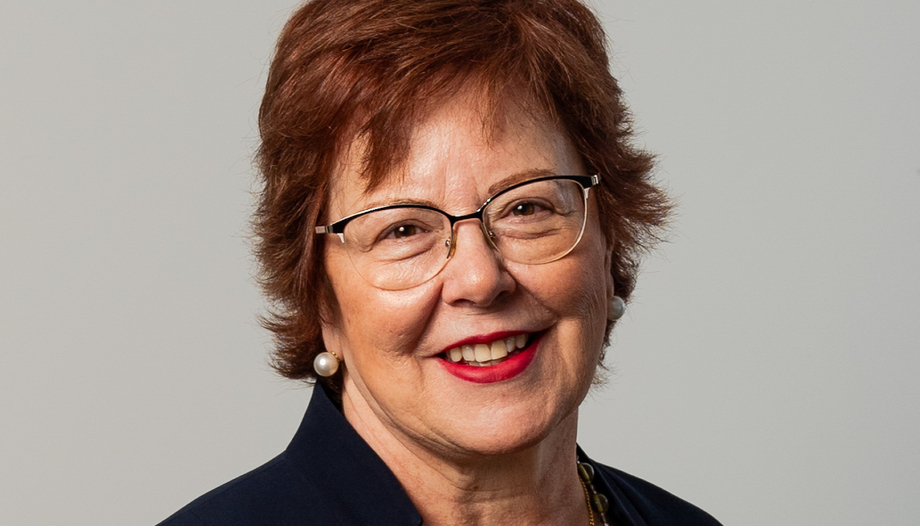





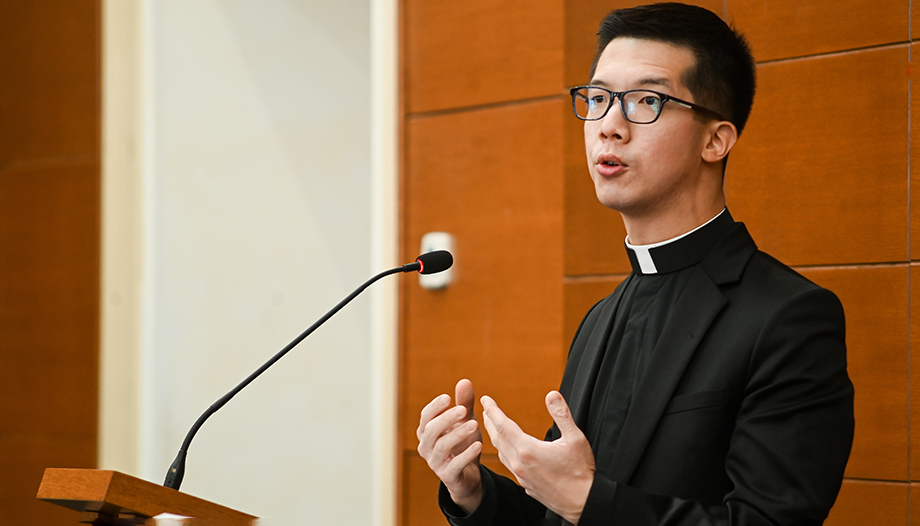

 Pope urges care for those suffering from drug abuse
Pope urges care for those suffering from drug abuse